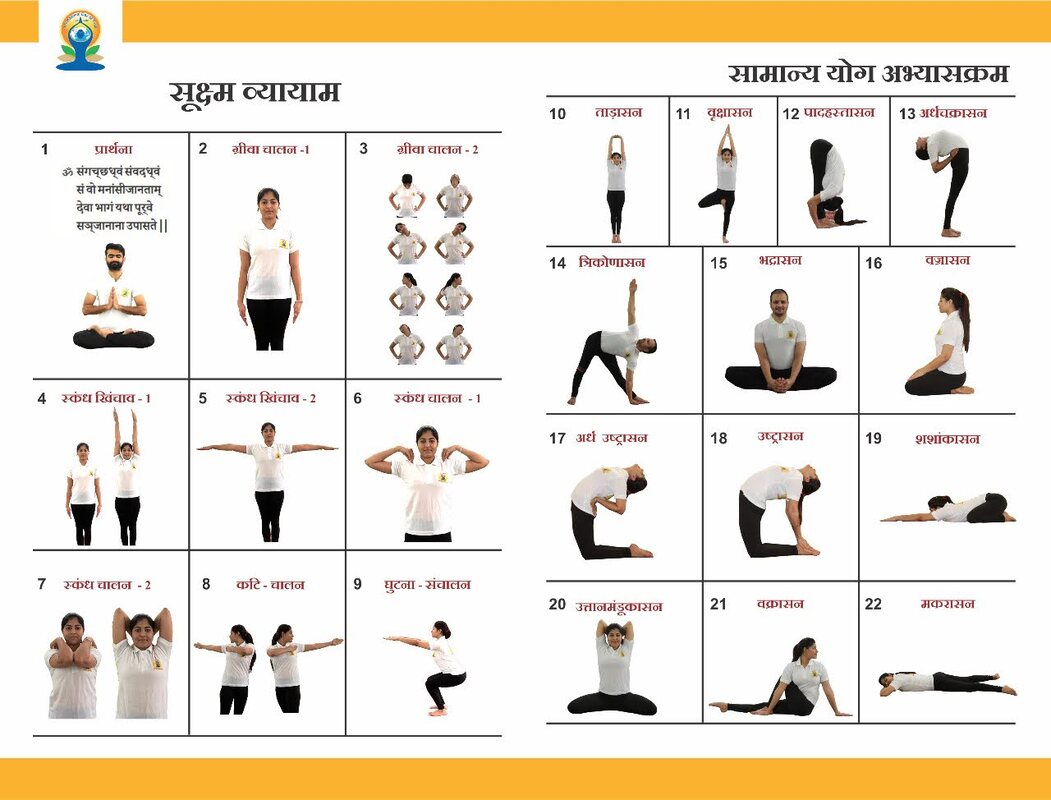|
Back pain is one of the most common reasons, people go to the doctor or miss work, and it is a leading cause of disability worldwide. Improper handling of backbone and in absence of asanas doing on regular basis, backbone develops a number ailment. Back pain can range from a muscle aching to a shooting, burning or stabbing sensation. The various back problems crop up due to its mishandling & not doing practices to keep its flexibility. Indian yoga system provides several asanas (postures) which help in maintaining backbone in proper health. A flexible spine is often a clear indicator of good health, while a rigid spine often signifies poor health. A few asanas are discussed hereunder to massage abdominal organs concerning digestion, reproduction and elimination.
Reference: A systematic Course in the Ancient Tantric Techniques of Yoga and Kriya – by Swami Satyananda Saraswati.
0 Comments
Leave a Reply. |
Archives
July 2024
Categories |

 RSS Feed
RSS Feed